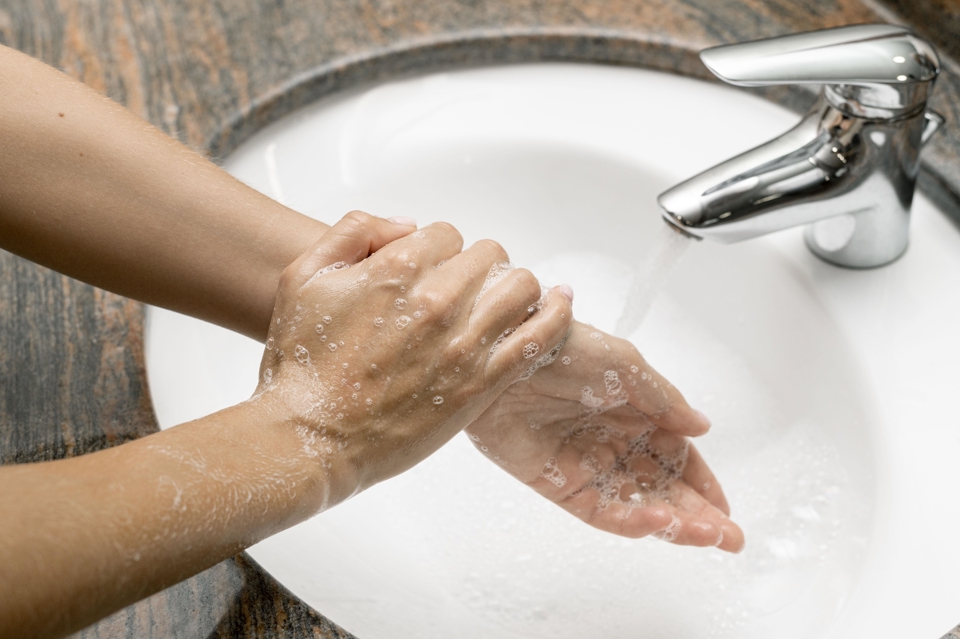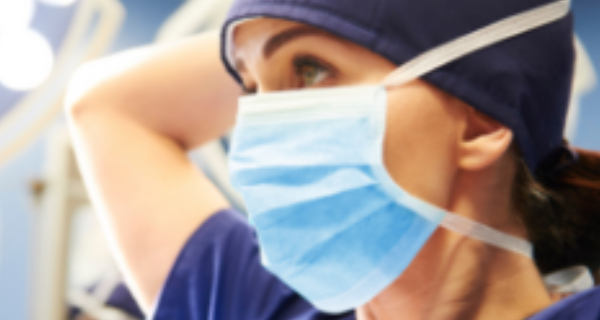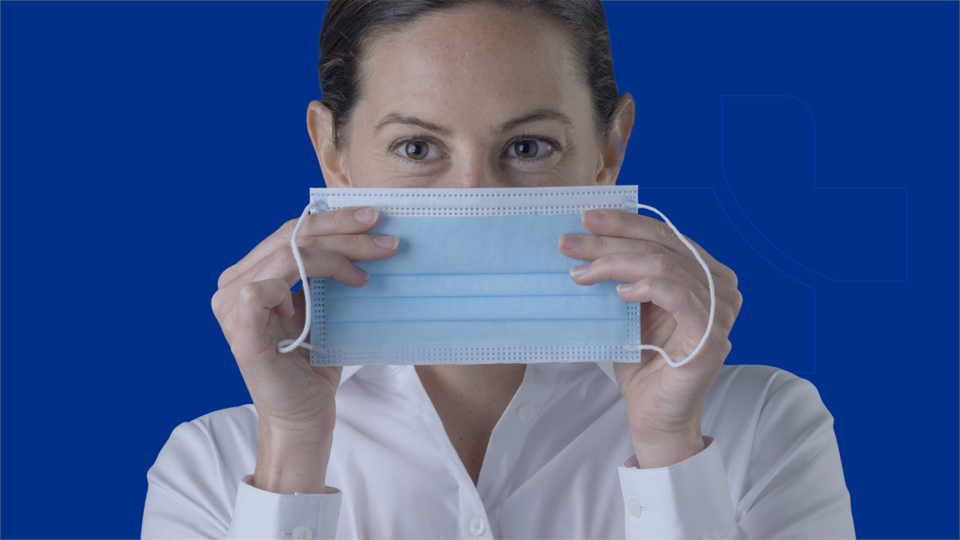As flu season approaches, the risk of infection in healthcare settings increases. Beyond the use of personal protective equipment (PPE) and immunisation, hand hygiene plays a key role in infection control, protecting against the spread of harmful germs.
But what is hand hygiene and how does it work? Read on to learn more about the importance of good hand hygiene and the different types of hand hygiene methods.
What is hand hygiene?
Put simply, hand hygiene is the practice of cleaning and sanitising your hands to remove germs and prevent the spread of infectious diseases. Hand hygiene typically refers to two main techniques:
- Handwashing: The process of washing your hands with soap and warm water. Handwashing is typically recommended when your hands are visibly dirty.
- Alcohol-based hand rubs (ABHR): This involves applying an alcohol-based hand rub to the surface of your hands. ABHR are a good alternative if you’re not able to properly wash your hands.

When it comes to healthcare settings, clean hands save lives. The World Health Organisation (WHO) has developed specific compliance standards that detail exactly when you should practice hand hygiene. Known as the “5 Moments for Hand Hygiene,” they include:
- Before touching a patient: Includes any interaction with the patient or their immediate environment.
- Before a clean or aseptic procedure: Applies to tasks such as catheter insertion or administering injections.
- After body fluid exposure risk: Essential after activities like changing wound dressings or removing gloves used during contact with bodily fluids.
- After touching a patient: Includes physical contact with the patient or nearby items like a bedside table.
- After touching a patient's surroundings: Applies when touching objects in the patient’s vicinity, such as bed rails or door handles.
How does hand hygiene break the chain of infection?
The chain of infection is the process through which infectious diseases spread. It encompasses six intertwined links that provide the basis for transmission, including:
- Pathogen: The type of infectious agent that causes the disease, including bacteria, viruses, fungi or parasites.
- Reservoir: Where the pathogen originates from. It can include human or animal origins, as well as environmental sources like soil and water.
- Portal of exit: The route the pathogen takes when leaving the reservoir. For human sources, this can include coughing, sneezing or through bodily fluids.
- Mode of transmission: How the pathogen spreads from the reservoir to the susceptible host, including direct contact with the host or touching contaminated surfaces.
- Portal of entry: How the illness enters the new host, whether that be through mucous membranes in the mouth or eyes, the respiratory tract or even open wounds.
- Susceptible host: Anyone at risk of infection, from infants to the elderly or anyone with a compromised immune system.
Each of these steps is needed to allow an infection to spread, meaning that breaking any one of these steps can help to slow the spread of infection or stop transmission altogether. As a standard infection control precaution, hand hygiene can be used to disrupt the chain of infection at several points, including the mode of transmission, the portal of entry and the elimination of the reservoir.
Which hand hygiene method is best at killing bacteria?
While handwashing and the use of ABHRs are two forms of hand hygiene, they also serve different purposes. As a general rule, handwashing is typically considered the most effective method for killing a wider range of bacteria and germs. It’s also the recommended method if your hands are visibly dirty. That said, ABHRs are still considered an effective form of hand hygiene, especially when soap and water aren’t readily available.
Step-by-step procedure for hand hygiene
When it comes to practising effective hand hygiene, it’s important to ensure you’re following the correct steps based on your chosen method. Here’s how to practice good hand hygiene for both of these techniques based on Australian Government guidelines.
For handwashing
- Wet hands with warm water.
- Apply enough soap to cover all hand surfaces.
- Rub hands together for at least 20 seconds, making sure to cover all surfaces, including your palms, the backs of your hands and in between your fingers.
- Rinse your hands thoroughly with warm water and turn off the tap using a paper towel to avoid recontaminating your hands.
- Dry your hands thoroughly using paper towel, a clean hand towel or an air dryer.
For ABHRs
- Place roughly half a teaspoon of product into the palm of your hand and rub your hands together, making sure to cover all the surfaces and in between your fingers.
- Continue to rub your hands together until they’re dry. This usually takes about 20-30 seconds.
Understanding the importance of hand hygiene
Practising hand hygiene, whether that be handwashing or using ABHRs, is one of the most effective ways to protect against germs and reduce the transmission of infectious diseases, like the flu. But hand hygiene isn’t the only way to protect against the spread of illnesses and infections, like the flu. Face masks and respirator masks can be used alongside hand hygiene to provide effective protection during flu season. For more information about how to use face masks this flu season or to stock up on high-quality face masks and respirators, Detmold Medical has you covered.








